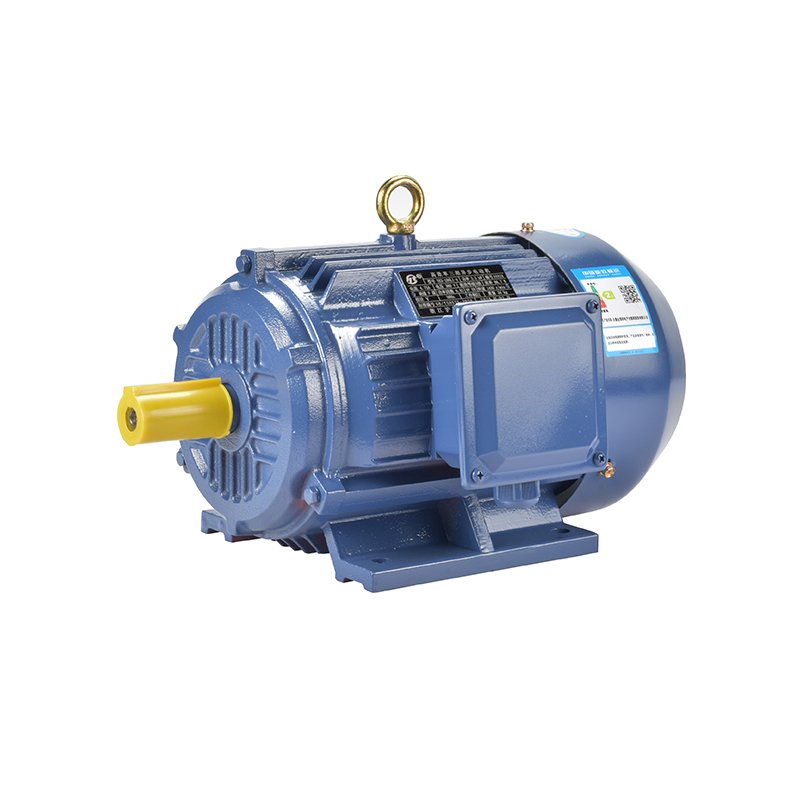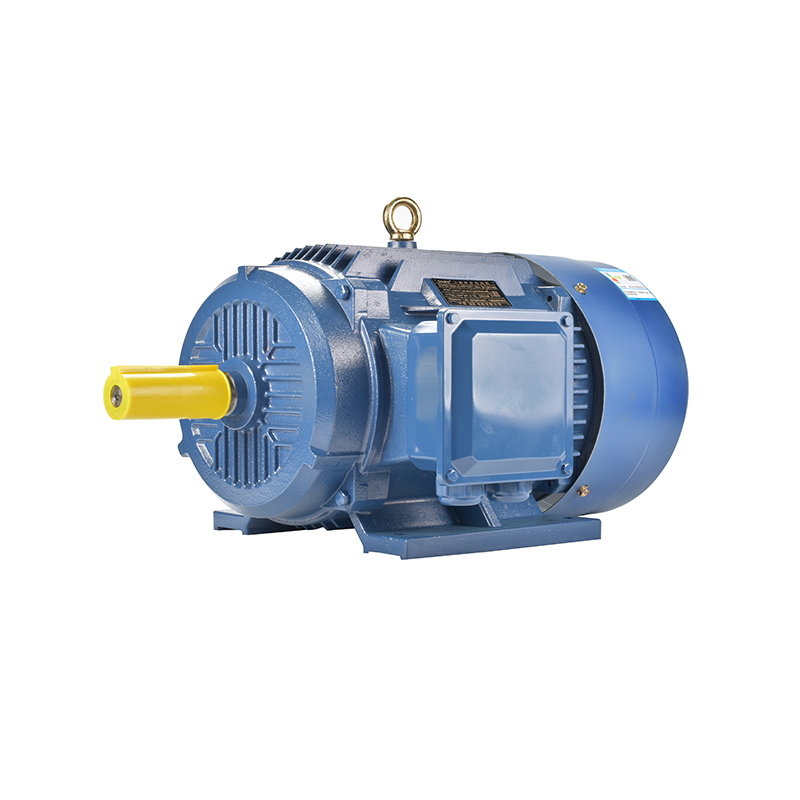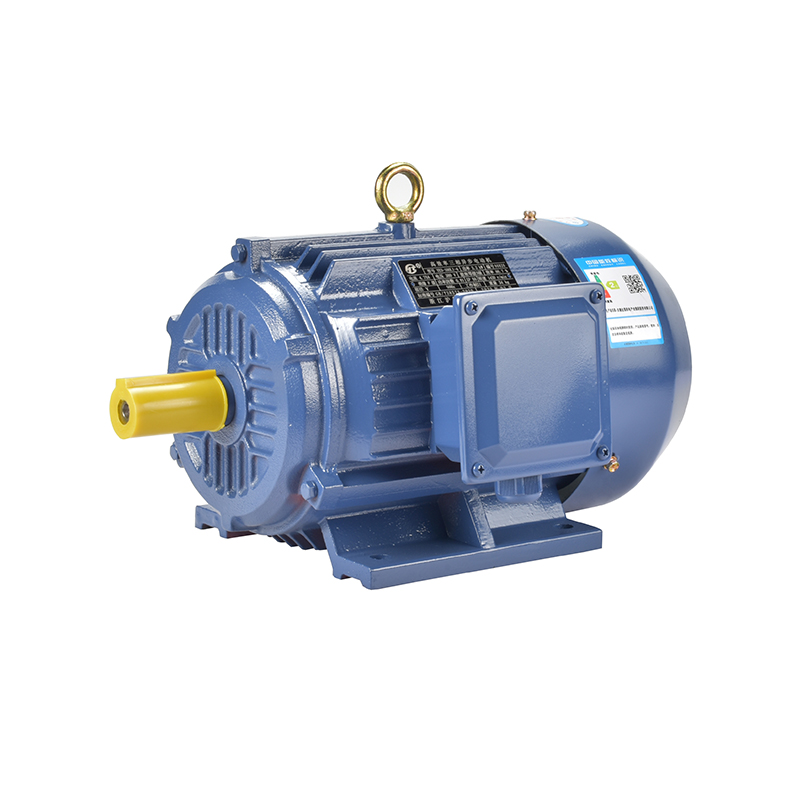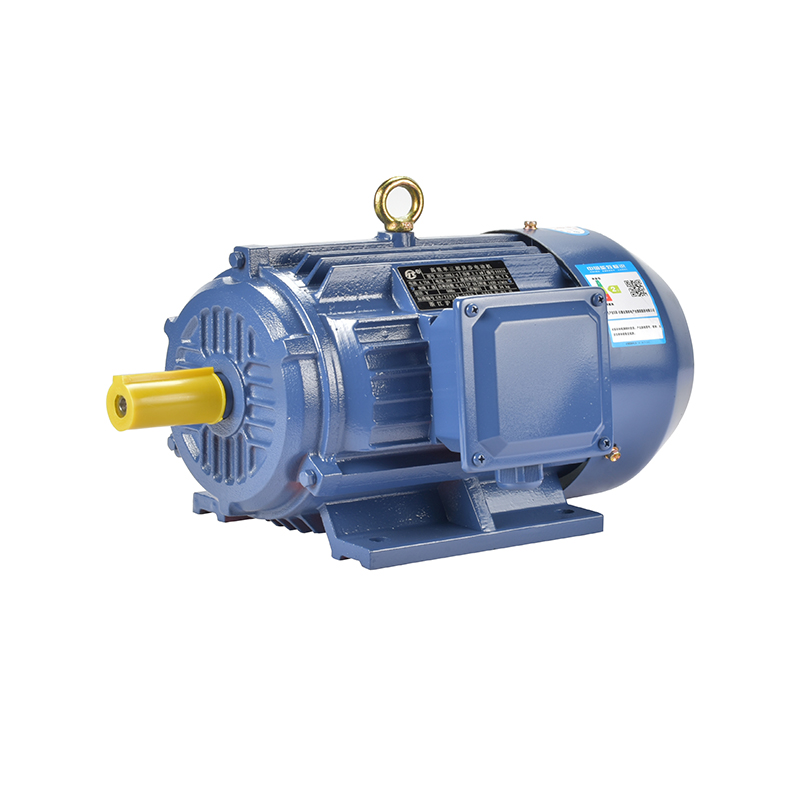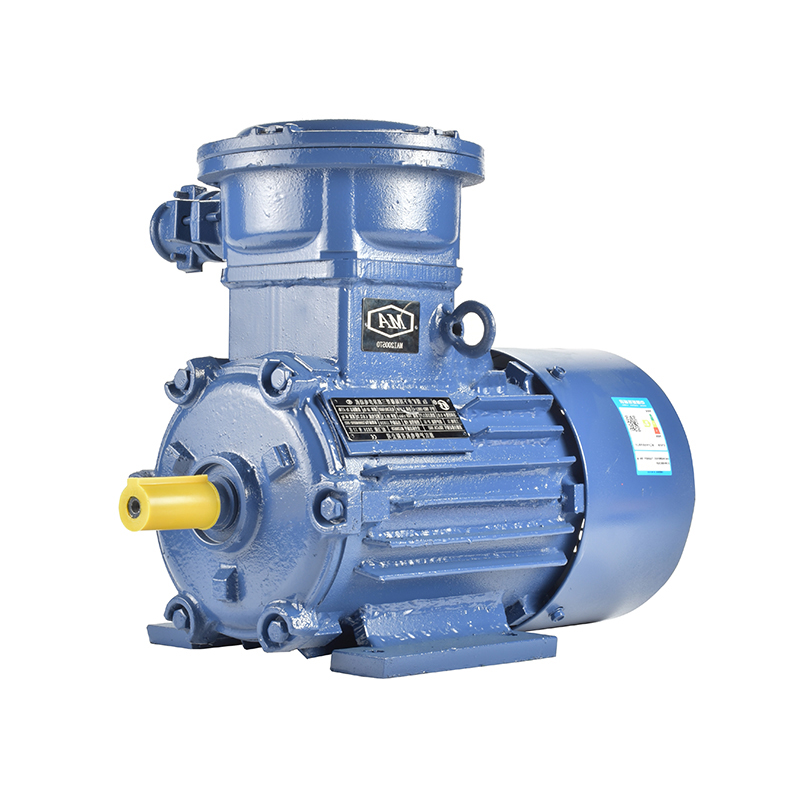Thermal Management In Compact Motor Designs
Thermal management plays a crucial role in the performance and longevity of compact motor designs. As motors continue to shrink in size while meeting increasing power demands, controlling heat becomes a significant challenge. Without effective heat dissipation, even a high quality servo motor or a small asynchronous servo motor can suffer from reduced efficiency, a shortened lifespan, and unexpected failures. Understanding how to manage thermal conditions is essential for engineers and manufacturers who design and produce compact motors for a variety of applications.

Compact motors are widely used in sectors where space constraints are common. These motors are often integrated into equipment that requires both precision and reliability, such as automation machinery, medical devices, and robotics. For instance, asynchronous servo motors are favored in many control systems due to their robust performance and adaptability. However, their compact nature means there is less room for heat to escape, which raises the risk of overheating. To mitigate this, designers must incorporate advanced thermal management techniques early in the development process.
One of the main heat sources in compact motors is the electrical losses in the stator and rotor windings, as well as friction in the bearings. As the motor operates, these factors generate heat that accumulates inside the motor housing. If this heat is not efficiently removed, it can cause the insulation material to degrade, bearings to fail prematurely, and overall mechanical parts to weaken. This is especially critical in motors like the 1 2 hp explosion proof motor, which are often used in hazardous environments where safety is paramount and thermal failure can have severe consequences.
To improve thermal performance, compact motor designs often rely on several strategies. The use of materials with better thermal conductivity in the motor casing can help dissipate heat more effectively. Metals such as aluminum or specialized alloys serve as good heat sinks, drawing heat away from sensitive components. Additionally, some designs incorporate external cooling fins or heat sinks that increase the surface area exposed to air, promoting natural convection cooling.
Forced cooling methods are also employed in many applications. For example, integrating small fans or liquid cooling channels can enhance heat transfer and keep the motor operating within safe temperature limits. While these solutions add complexity and sometimes size, they are necessary in motors that handle higher loads or operate in continuous duty cycles. This applies to asynchronous servo motors that might run for long periods and require consistent performance.
Another aspect of thermal management is the optimization of the motor’s internal design to reduce heat generation. By improving the winding configuration and selecting better insulation materials, manufacturers can lessen electrical losses. Advances in servo motor technology have allowed the production of high quality servo motors that balance power output with thermal efficiency. These motors not only perform well under load but are also designed with thermal stress in mind, enhancing reliability.
In some cases, monitoring systems are integrated to track temperature inside the motor during operation. Sensors can detect overheating early, allowing control systems to reduce load or shut down the motor before damage occurs. This is particularly important in explosion proof motors, such as the 1 2 hp explosion proof motor model, where preventing any risk of ignition is critical. Thermal sensors improve safety while providing valuable data for maintenance and operational adjustments.
Thermal management also influences the size and weight of compact motors. Effective cooling can allow a motor to deliver higher power in a smaller package, which is highly desirable in applications with tight space constraints. However, it is a balancing act because adding cooling components can increase the overall footprint. Designers must carefully evaluate operating conditions and select appropriate materials and cooling methods to ensure the motor meets performance expectations without unnecessary bulk.
Looking ahead, innovations in materials science and manufacturing processes are expected to improve thermal management in compact motors even further. New composites with advanced thermal conductivity and lighter weight could replace traditional metals. Advances in 3D printing allow for complex cooling channel designs that were not possible before, providing more efficient heat dissipation without increasing size. These developments will benefit a range of motor types, including asynchronous servo motors and explosion proof models.
In summary, thermal management is a key consideration in the design and operation of compact motors. Ensuring that heat is effectively controlled not only improves performance but also extends the motor’s service life. From high quality servo motors to specialized 1 2 hp explosion proof motors, attention to heat dissipation methods is essential. By combining material selection, design optimization, and active cooling technologies, manufacturers can create compact motors that operate safely and reliably in demanding environments.
-
Feedback



 English
English русский
русский Español
Español عربى
عربى

